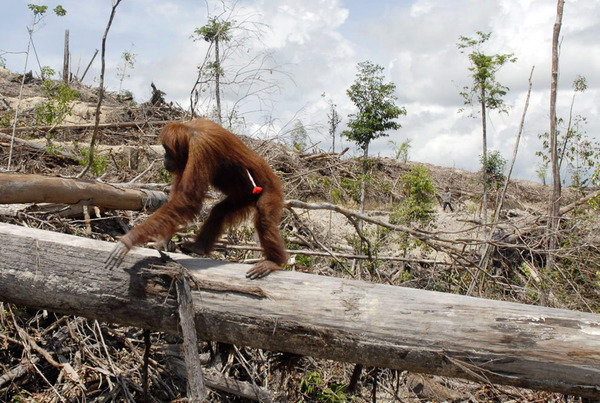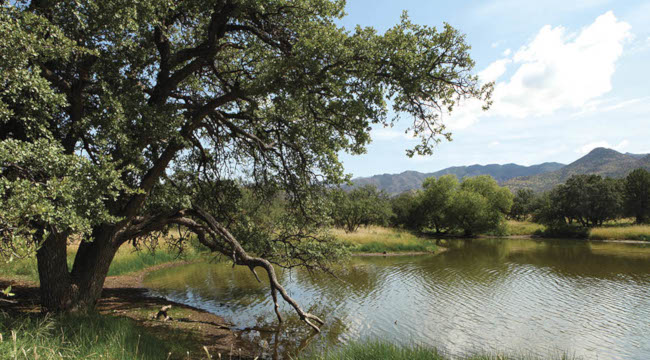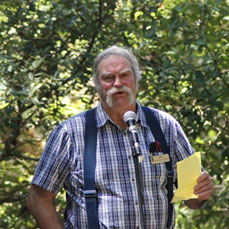Protecting California's forests at the state level.
At the state legislative level we were busy giving two bold new bills a significant boost before the state legislature acted to sideline any measures not dealing directly with the pandemic or the state's economy.
 Assembly Bill 2002, the California Deforestation-Free Procurement Act, would leverage California's standing as the most-populous state—and the fifth largest economy in the world if it were a country—in ensuring that our taxpayer dollars are not used to buy "tropical forest-risk" commodities such as palm oil, paper pulp, tropical timber, rubber, cattle and soybeans—products complicit in destroying tropical rainforests around the planet.
Assembly Bill 2002, the California Deforestation-Free Procurement Act, would leverage California's standing as the most-populous state—and the fifth largest economy in the world if it were a country—in ensuring that our taxpayer dollars are not used to buy "tropical forest-risk" commodities such as palm oil, paper pulp, tropical timber, rubber, cattle and soybeans—products complicit in destroying tropical rainforests around the planet.
Another bill similarly sweeping in its scope and impact—"30 X 30," A.B. 3030—would commit the State of California to preserving at least 30 percent of its lands and waters by 2030. This would mark a giant step toward halting the species-extinction crisis now rampaging worldwide. 
Our earlier-mentioned push this year to save NEPA, solidify LWCF, and enact wildlife corridors legislation all dovetail nicely with the overarching goal of saving 30 percent by 2030.
Beyond the federal level and outside of the legislature 2020 saw considerable executive-branch advocacy by Forests Forever in Sacramento.
In a climate of all-hands-on-deck concern about wildfire we were involved in virtually every major relevant discussion and forum.
Our well-known and accomplished advocate of some 40 years' experience in California forest restoration and defense, Richard Gienger, traveled countless miles and attended numerous in-person and virtual meetings, amplifying our message on an array of fronts.

We are insistently calling for action on how to save and retain (or "recruit," in the parlance) more big trees on both public and private lands.
In forest ecosystems size matters where trees are concerned, yet these favorite trees for the sawmill are now more valuable than ever in cooling and retaining moisture in the forest. Those qualities in turn make forests better at reducing the intensity and spread of wildfire, not to mention for habitat and recreation purposes.
We pressed for a long-overdue separation of CalFIRE's gargantuan firefighting function from its neglected stepchild, its all-important charge to review and regulate logging in the state.
Too much of this logging paradoxically promotes wildfire, creating within the agency a budget and functional conflict that can result in on-the-ground harm for California's forests. Now more and more of our allies are embracing the idea.
| Your contribution today will help California's forests thrive! | |
|
|
|
If a tax deduction for your gift is important please make your contribution to the Forests Forever Foundation. |